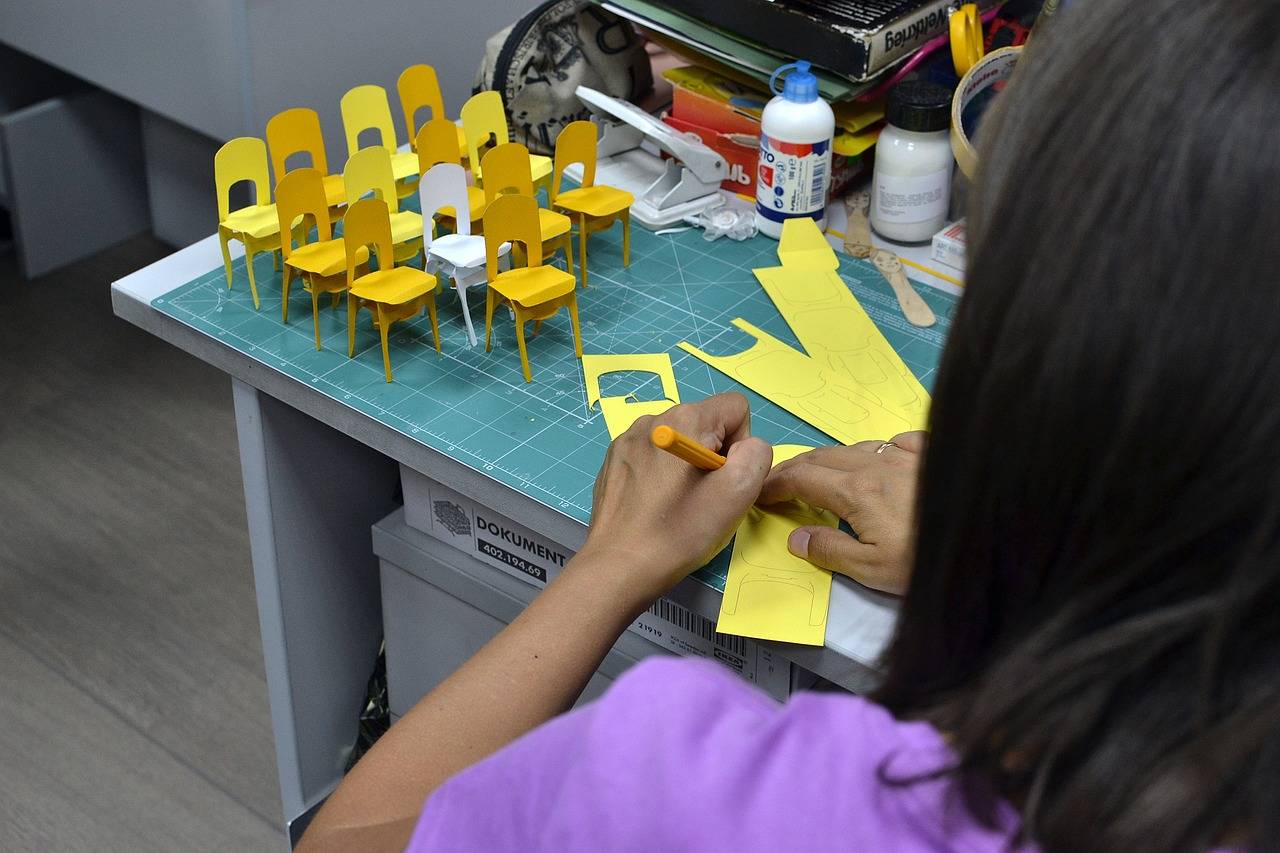Strategies for Promoting Inclusive Physical Education Programs
Inclusive physical education programs should prioritize the needs of all students, including those with disabilities or other unique requirements. One key component is ensuring that the curriculum is adaptable and flexible to accommodate various abilities and preferences. This can involve providing options for different activities, modifying equipment, or adjusting the pace and intensity of exercises to suit individual needs.
Another essential aspect of inclusive physical education programs is promoting a supportive and encouraging atmosphere for all students. Teachers and instructors should foster a culture of acceptance and respect, where differences are celebrated rather than stigmatized. By creating an environment where every student feels valued and included, the overall experience of physical education can be enriched and more beneficial for all participants.
Creating a Welcoming Environment for All Students
Ensuring a welcoming environment in physical education programs is crucial for the success and well-being of all students. One key component is promoting inclusivity through the use of diverse teaching strategies and materials. By incorporating a range of activities that cater to different abilities and interests, educators can empower students to participate fully and feel valued in the classroom.
Additionally, fostering a culture of respect and acceptance among peers can significantly enhance the inclusivity of the learning environment. Encouraging open communication, collaboration, and empathy can help create a sense of belonging for all students. This supportive atmosphere not only promotes positive social interactions but also contributes to the overall success of the physical education program.
Why is it important to create a welcoming environment for all students in physical education programs?
It is important to create a welcoming environment for all students in physical education programs to ensure that everyone feels included, valued, and respected. This can help promote a positive learning experience and encourage participation from all students.
What are some key components of inclusive physical education programs?
Some key components of inclusive physical education programs include adapting activities to meet the needs of all students, providing accommodations and modifications as needed, promoting diversity and cultural awareness, and fostering a supportive and inclusive atmosphere.
How can teachers promote inclusivity in physical education classes?
Teachers can promote inclusivity in physical education classes by getting to know their students and their individual needs, addressing any biases or prejudices, using inclusive language and imagery, and providing opportunities for all students to participate and succeed.
How can schools support the creation of a welcoming environment for all students?
Schools can support the creation of a welcoming environment for all students by providing training and resources for teachers on inclusivity, promoting diversity and acceptance throughout the school community, and ensuring that all students have access to the necessary support and accommodations.





